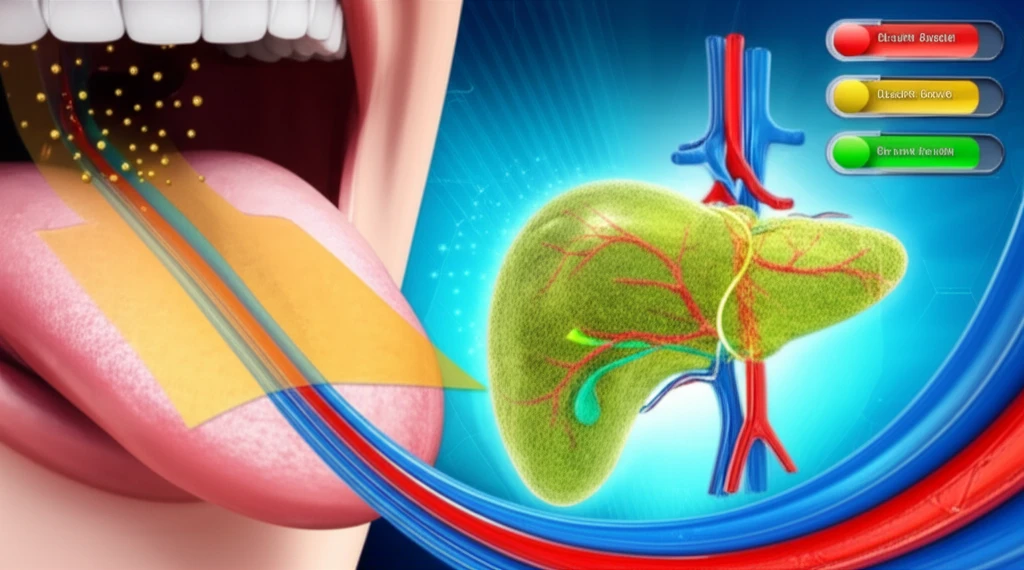
Glimepiride Breakthrough: How Nanosuspension Tech Could Revolutionize Diabetes Treatment
"Oral Thin Films loaded with Glimepiride Nanosuspension promise enhanced bioavailability, stability, and a new horizon in diabetes management."
For individuals managing type 2 diabetes, maintaining consistent blood sugar levels is a daily challenge. Glimepiride, a commonly prescribed medication, helps regulate insulin release. However, like many drugs, its effectiveness can be limited by how well it dissolves and is absorbed by the body. Recent advances in nanotechnology offer a promising solution to improve how well Glimepiride works.
Traditional methods of improving drug solubility, such as solid dispersions and complexation, have shown some success. Yet, a potentially more effective technique involves creating a nanosuspension. This process breaks down the drug into incredibly tiny particles, increasing the surface area available for dissolution. However, nanosuspensions are often unstable, leading to particle growth and reduced effectiveness over time.
Researchers are exploring innovative ways to stabilize these nanosuspensions, with one approach showing particular promise: incorporating the nanosuspension into an oral thin film (OTF). This method involves embedding the drug nanoparticles into a film that quickly dissolves in the mouth, offering a convenient and potentially more effective way to deliver Glimepiride.
What are Glimepiride Oral Thin Films and How Do They Enhance Drug Absorption?

Glimepiride oral thin films (OTFs) represent a cutting-edge approach to medication delivery, particularly beneficial for managing type 2 diabetes. These films are designed to dissolve rapidly in the mouth, allowing the nanosized drug particles of glimepiride to be quickly absorbed into the bloodstream. This method bypasses many of the limitations associated with traditional tablets, which must first dissolve in the stomach before absorption can occur.
- Increased Surface Area: Nanosizing glimepiride significantly increases its surface area, which in turn enhances its dissolution rate.
- Rapid Absorption: The oral thin film dissolves quickly, allowing the drug to be absorbed directly into the bloodstream.
- Improved Bioavailability: More of the drug is available for the body to use, improving its overall effectiveness.
- Convenient Administration: OTFs are easy to use, without water, making them ideal for patients on the go.
The Future of Glimepiride Oral Thin Films
Glimepiride oral thin films represent a significant advancement in drug delivery for type 2 diabetes. By improving drug solubility, absorption, and stability, these films offer a more effective and convenient way for patients to manage their blood sugar levels. Further research and development in this area could pave the way for new and improved treatments for diabetes and other conditions, making daily management easier and more effective.
